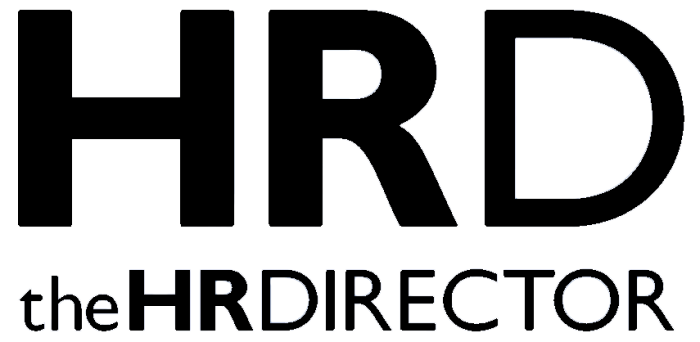2025 is bringing major shifts to the workplace, including many organisations enforcing return-to-office (RTO) policies. Yet, instead of boosting productivity, many of these changes are creating friction – fueling disengagement, distrust, and even a rise in “quiet quitting.” Employees in companies with RTO mandates report 63%* more acts of workplace incivility than those without.
This is where L&D must step in – not with complexity, but with clarity – to enable teams to achieve together through change. Now is the moment for a quiet reset. As people reassess what work means to them, learning needs to refocus on what matters most: trust, connection, and everyday collaboration.
We must stop overengineering learning. It’s no longer a quarterly banquet – it’s the daily bread of workplace culture, delivered in bite-sized moments that drive behavioural change.
As HR and L&D leaders, the call is clear: ease times of transition by going back to basics. Prioritise people over processes. Focus on storytelling, listening, mentoring, and making learning feel human again.
Here are four practical ways to do this:
1. Rhythm, Repetition, and Habit-Forming Matter More Than Ever
Employees are overloaded with emails and content, what they crave is not more information but more integration. Learning needs to be a daily habit, rhythmic and repeatable to stick. This is one of the biggest success factors, especially in times of change; consistency is key.
It means simply designing bite-sized training sessions that occur regularly and daily check-ins with you managers allowing teams to absorb, reflect, and return. Repetition creates rhythm and rhythm creates safety. It helps people relax into learning because they know what to expect and how to engage.
Like flexing a muscle, the more we use it, the stronger it gets to strengthen the organisation’s ability to absorb content to overcome team challenges.
Tip: Design learning programs that follow a simple, repeatable cadence and anchor learning into the rhythm of your team’s work, not outside of it.
2. Build a Community of Masters Through Peer and Customer Learning
A community of masters is a space where everyone contributes insights, experiences, and support. When people open up to one other, they learn more deeply about themselves. They gain confidence and a sense of shared ownership over the learning process.
With disjointed teams and collaboration at an all-time low as employees feel the pinch when they return to the office, so now is the time to open up communication in all areas of the business. When employees and customers learn from one another, it doesn’t just transfer skills—it builds a purpose and cultivates a culture of belonging. Transferring knowledge through the power of customer impact stories and peer-to-peer experiences creates human connection and a collaborative space where sparks can fly.
As a customer, I recently had the opportunity to speak at the Insights Global Leadership Meeting. I shared how I created and facilitated a community – one where we regularly exchange knowledge, inspire one another, and collaborate on client work. The most important message I shared with the group was this: what you do directly impacts my business and, in turn, impacts yours. We are in this together.
We also saw feedback from 2,400 customers through their Global Practitioner Survey alongside feedback from nearly 600 employees. Together, this rich tapestry has played an important role to help us better understand where we can grow together.
Similarly, I’m part of a network of 35 practitioners who connect through a shared platform where everyone can ask questions and offer insights. These range from the highly practical, like “Who can help interpret the graphs in a profile?” – to more creative prompts, such as “I’ve got a session next week, any ideas for an energizing exercise?” We also meet quarterly to share updates, run masterclasses, and break into smaller groups to explore specific topics in depth.
By forming this kind of community, we get smarter, learn faster, and build a real sense of belonging. Even after 25 years in the industry, I’m still learning from others—and that’s what keeps me growing.
Tip: Incorporate feedback, peer-led discussions, or cross-functional learning circles. Use real workplace challenges as discussion points to keep learning grounded and relevant.
3. Use Honesty, Metaphor, and Self-Awareness in Facilitation
As a coach working with both family businesses and large organisations with over 10,000 employees, I often use metaphors to bring abstract concepts to life and make learning stick. Metaphors have a unique power – they bypass the rational brain and tap straight into emotion, helping people connect more deeply with what they’re learning.
For example, imagine you’re preparing dinner for ten people. How would you approach it? What parts would energise you and where might you struggle? Where do your strengths shine, and where are the potential pitfalls? When would it feel like a flow state, and when might it feel like chaos?
Now apply that to the project you’re working on. What parallels can you draw? What can you take from that experience and what might you do differently?
Reflective self-awareness questions are key to navigating those tricky paths, especially if new teams are coming together after remotely working for some time. Creating a safe space where people can speak up is key.
Ask your teams – who ARE YOU as a person, who ARE WE as a team and what’s OUR purpose? It’s about finding each other again; it may sound simple but it opens up a culture of openness, understanding and grounding that is a solid platform for springboarding success.
Although there are many tools you can use to deepen self-awareness, the most important reason I work with the Insights Discovery framework is that it offers clear insights into yourself, a better understanding of others, and practical tools to adapt and connect more effectively. In other words, it helps people become more effective – especially when it matters most.
As a facilitator, it is important to have a language that’s both accessible and meaningful. A simple, relatable framework that resonates with participants, while also offering the depth to explore more nuanced behaviours and patterns. This raises awareness and empowers individuals to take the next step on their own learning journey.
Tip: Bring metaphor, storytelling, and personal reflection into sessions and tools that speak to the human side of learning.
4. Go Small to Go Deep: Playing that’s Actually Serious
Even amongst the biggest sceptics, developing experimental learning that brings back the inner child in your people is deeper than you think. These real-world applications foster deeper collaboration, team cohesion and solution finding.
Lego Serious Play is a method I regularly use. It’s a way of building symbols and stories that create a common language together. And repeatedly I see it happen – as soon as people start building, there is room for real conversations.
I call it the ‘building blocks to success’ – creating something tangible that symbolises something bigger. Whilst people get in the creative flow, they often produce solutions as a team that you would not have discovered otherwise.
Small interventions make a big impact and once you get people sat in small groups, working on a simple task like building Lego, it sparks creativity, collaboration and problem solving.
Research by Fitch Learning indicates a significant shift towards experiential learning in talent development. 60-70% of all talent development programs are based on experiential learning solutions, including simulations, cohort-based learning, case study assessments, role play, and gamification.
Next time you bring a team together for training think more human, more interaction and less digital focussed.
Tip: Focus on designing engaging experiences, not just content. Strip away unnecessary layers and bring learners into intimate, trusting spaces where connection happens naturally.
The Human Way Forward
Your learning and development strategy doesn’t need to be flashy to be transformative. Bringing people together in honest conversations, shared stories, and simple daily habits will bring people together. The most powerful learning often happens quietly.
By returning to the basics of rhythm, self-reflection and building relationships, you not only help people learn, but overcome those burning questions and pressing business challenges.
So what are you waiting for? Strip back the complexities and go back to basics with your L&D to achieve incredible breakthroughs.
*According to SHRM







